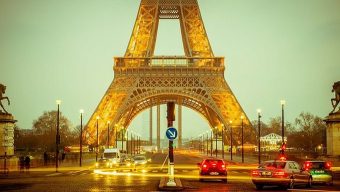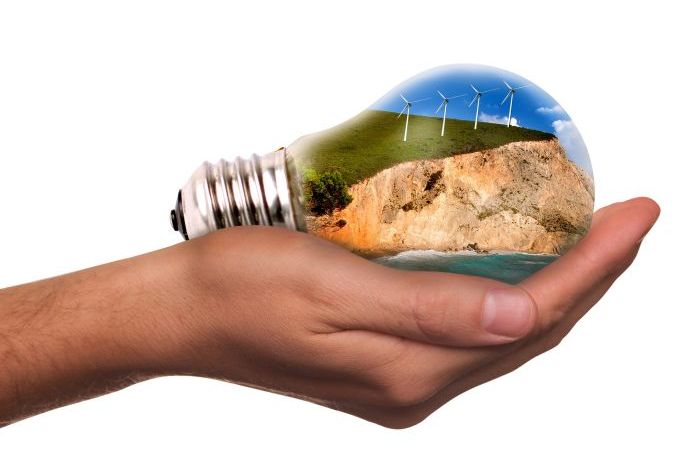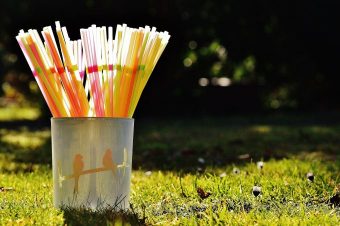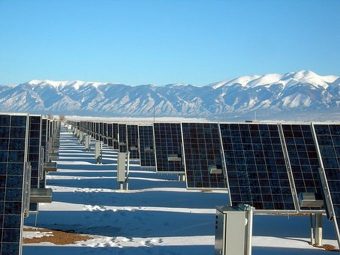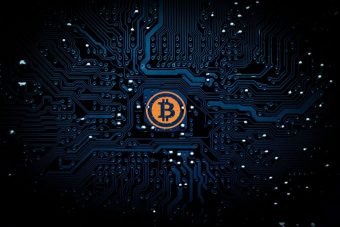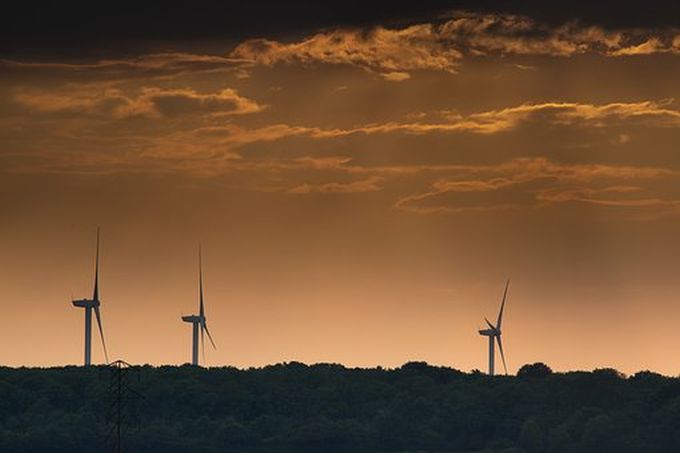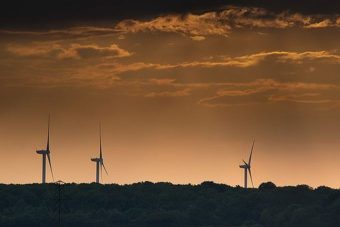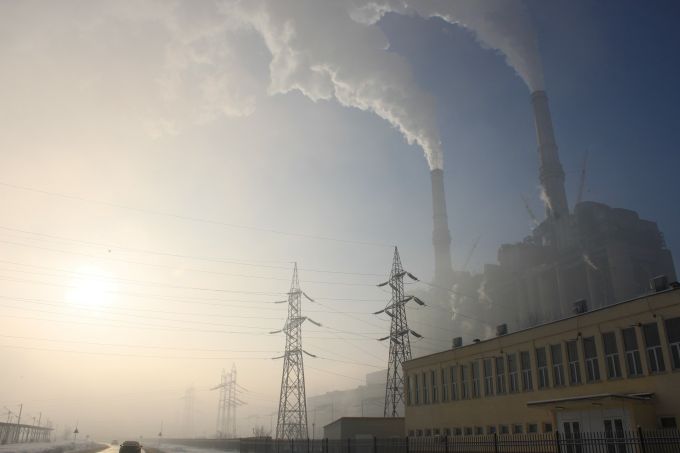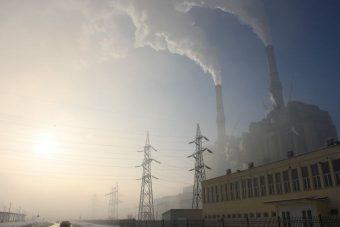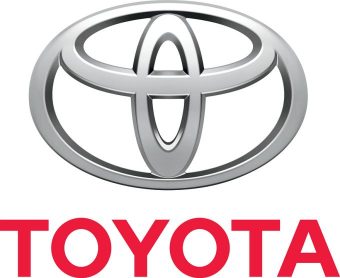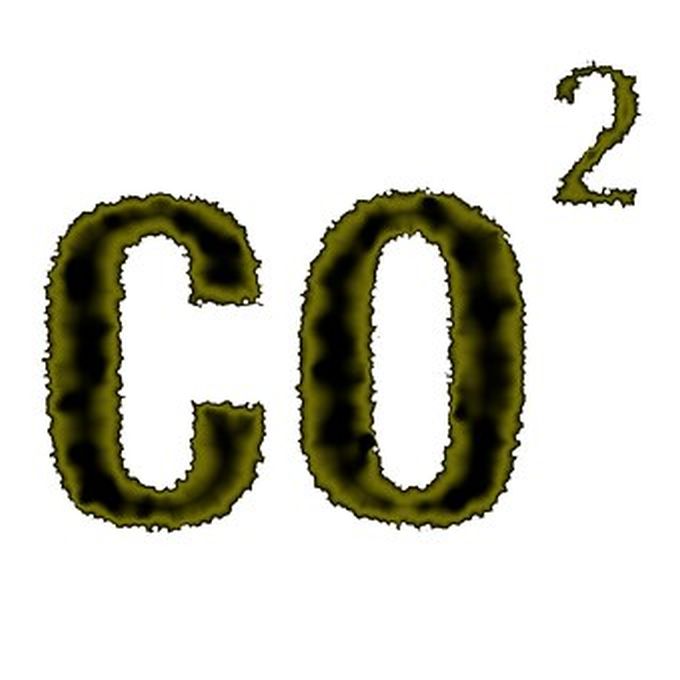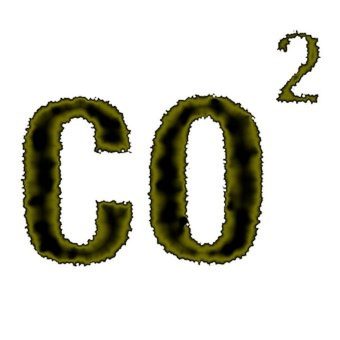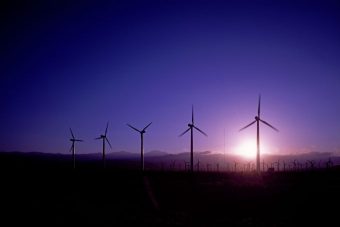
The Dutch government’s decision to hold the first zero-subsidy auction for offshore wind has paid off, with the government announcing yesterday that bidders have come forward and the site will be developed without state support.
Last week Swedish utility Vattenfall revealed it had put in an offer to the auction, which is seeking to find developers for 700MW of offshore wind capacity off the Netherlands‘ southwest coast.
This was followed by confirmation from the Dutch government that the Hollandse Kust (zuid) Wind Farm Sites I and II will be built without any subsidy, after the auction closed to bidders yesterday.
Auction winners will be chosen over the next few months, with a view to getting the wind farm up and running by 2022, supplying one million households with clean electricity. The winner will receive a permit to develop the site, but no state subsidy.
“This is wonderful news for the energy transition process,” Dutch minister for economic affairs and climate policy Eric Wiebes said in a statement. “If these applications do indeed result in an offshore wind farm being constructed without any subsidy, it will be a huge breakthrough. This development also shows that we can keep down the costs for the energy transition if we address these issues intelligently and if the market and government work well together.”
The Dutch authorities changed the rules of the auction after renewable developers offered to build offshore wind farms at market prices in Germany earlier this year.
Source: businessgreen.com


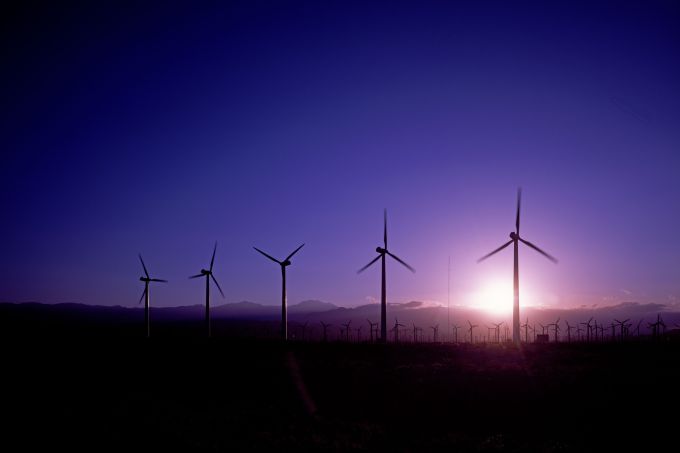



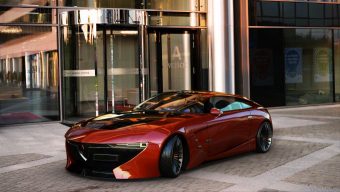
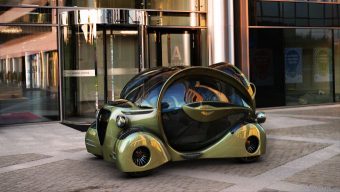 – With no intention of compromising the idea of coupling electric cars with
– With no intention of compromising the idea of coupling electric cars with 

